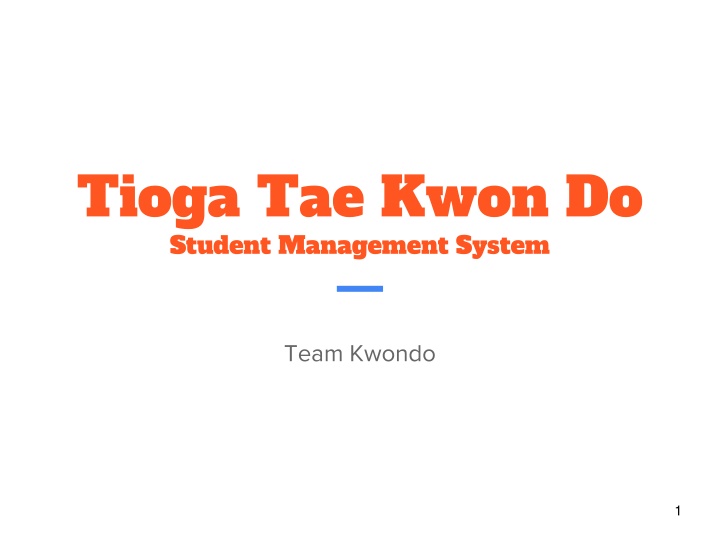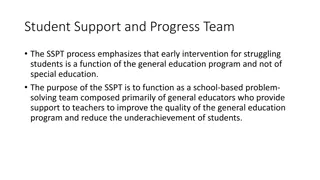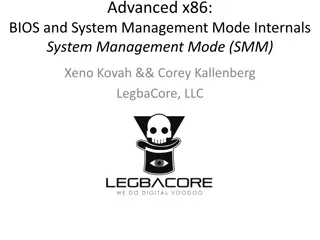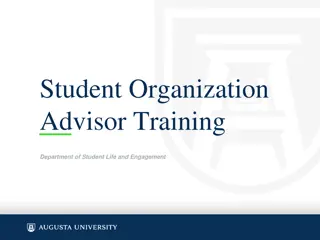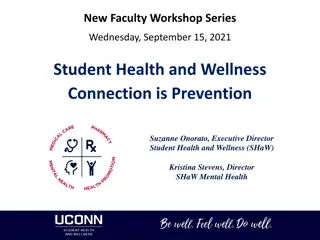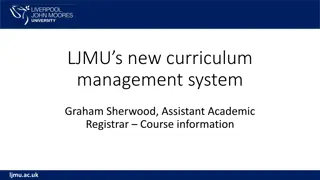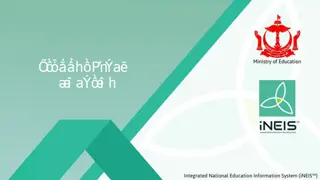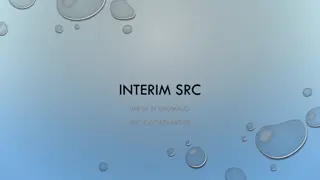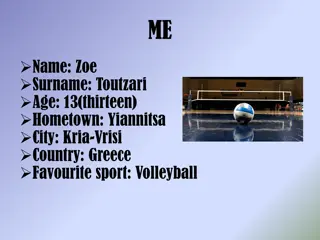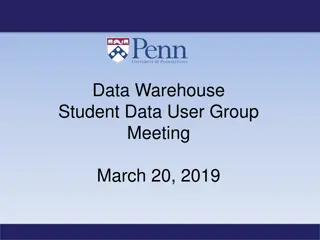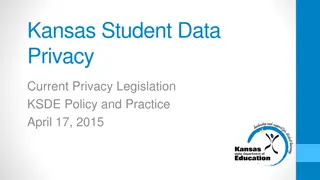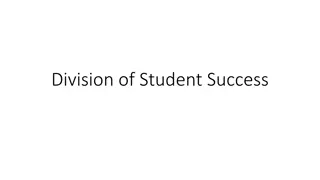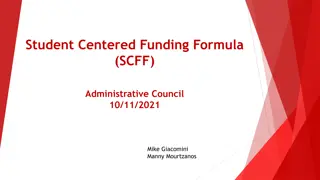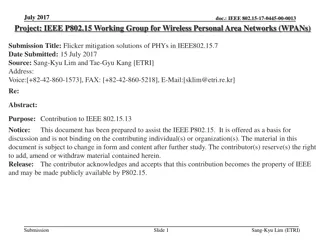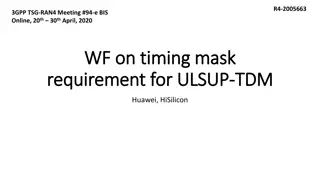Tioga Tae Kwon Do Student Management System Overview
Tioga Tae Kwon Do Student Management System is a project developed by a team led by Nicholas Coriale, Mike Washburn, Curtis Cali, Andrew Vogler, and Andrew Deck. The system aims to improve student information management, attendance tracking, and rank progression for users aged 3 and above. The project involves addressing challenges related to existing management solutions, design methodology, risk management, project scope, high-level architecture, and key features like student check-in and attendance tracking.
Download Presentation

Please find below an Image/Link to download the presentation.
The content on the website is provided AS IS for your information and personal use only. It may not be sold, licensed, or shared on other websites without obtaining consent from the author.If you encounter any issues during the download, it is possible that the publisher has removed the file from their server.
You are allowed to download the files provided on this website for personal or commercial use, subject to the condition that they are used lawfully. All files are the property of their respective owners.
The content on the website is provided AS IS for your information and personal use only. It may not be sold, licensed, or shared on other websites without obtaining consent from the author.
E N D
Presentation Transcript
Tioga Tae Kwon Do Student Management System Team Kwondo 1
The Team Developers Nicholas Coriale Mike Washburn Curtis Cali Andrew Vogler Andrew Deck Project Sponsor - Paul Mittan, Tioga Tae Kwon Do Faculty Coach - Dr. Scott Hawker 2
Agenda 1.Problem context 2.Design methodology 3.Risk Management 4.Project Scope 5.High level architecture 6.Interesting features 7.Testing 8.Metrics 9.First semester reflection 3
Problem Context Pre-existing student management software solution Primary goals Store student personal and contact information Track student attendance and rank progression Users are ages 3 and up Windows based system on a local network 4
Risk Management Risks are tracked and documented each week New and Persistent risks Potential mitigation and prevention Long term risk analysis of big features e.x. Google Calendar Integration Mitigations are reviewed and discussed with sponsor 6
Project Scope Requirements: Student check-in Attendance tracking Student information Easy deployment Out of Scope: Create class material Accept payments for classes Create a native app 7 Managing Requirements:
Features: Student Check-in Usability Concerns Students 3 and up All students must check themselves in Designed for tablets Generates appropriate attendance records on the backend These can later be viewed by instructors and/or Paul 9
Features: Attendance Tracking Attendance can be tracked based on Students Class Date Allows instructors and admin to visualize attendance This shows: When the student attended How often they attended Which classes they attended 11
Testing Process Device screen resolution testing Identified as an area of weakness Acknowledged lack of testing in our process Change process starting in second semester to correct the issue Planned Changes Karma testing for service function calls and controller functionality Selenium testing for UI 14 Planned live user testing with age specific focus groups
Bugs Per Release Code Bugs Iteration 15
Requirement Defects Per Release Requirements Defects Iteration 16
Time Tracking Team Hours 17 Week
First Semester Reflection Things to improve: Less distractions during meetings Manage time deploying and wrapping up iterations Better testing to find bugs in releases Timely code reviews 18
First Semester Reflection (contd) Things we ve done well: Core functionality is complete Sponsor is happy with project progress Sponsor meetings are organized and efficient Division of work and meeting attendance are good Adaptive response to sponsor feedback, afforded by the Evolutionary Delivery Methodology 19
Plans for Second Semester Google calendar API integration Support for partial registrations Native picture taking, cropping, and positioning Improve UI usability and aesthetics Additional data export options Incorporate more testing into our process Extensive field testing 20
Questions? 22
Deployment Process Deployments at the end of each iteration Application is packaged with a standalone Python version All dependencies are included in the package Launch to our team s test server and also give Paul a copy of the packaged release Core requirement was an easy to use one click executable, and we are satisfying that requirement 23
Requirements Elicitation Process Initial requirements discussions with sponsor Created a requirements document to verify requirements Every iteration includes creating wireframes for the next iteration Verifies requirements Allows two weeks for feedback/changes to wireframes 24
Metrics 491.05 Total Team Hours Team Time & Effort Tracking 37.77 Average Hours Per Week Individual Time & Effort Tracking Requirements Bugs Per Defects Per Requirements Defects Per Release Release Release Release 1 4 0 Requirements that were not satisfied or new requirements that were created per release 2 6 1 3 4 0 5 5 4 Bugs Per Release Instances of broken code per release 26
